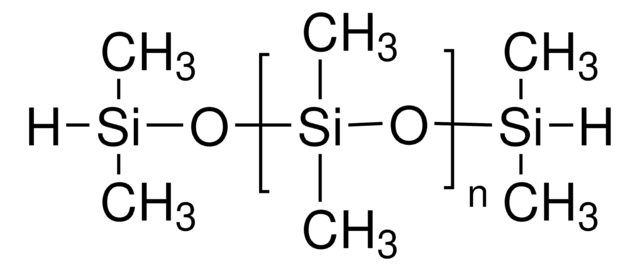481688
Poly(dimethylsiloxane), bis(3-aminopropyl) terminated
average Mn ~2,500
Synonym(s):
PDMS
About This Item
Recommended Products
specific activity
0.6-0.8 meq/g (Amine number)
Quality Level
mol wt
average Mn ~2,500
refractive index
n20/D 1.410
viscosity
50 cSt(lit.)
bp
>200 °C (lit.)
density
0.98 g/mL at 25 °C (lit.)
SMILES string
C[Si](C)=O.C[Si](C)(O)CCCN
Looking for similar products? Visit Product Comparison Guide
General description
Application
Storage Class Code
10 - Combustible liquids
WGK
WGK 3
Flash Point(F)
Not applicable
Flash Point(C)
Not applicable
Personal Protective Equipment
Choose from one of the most recent versions:
Already Own This Product?
Find documentation for the products that you have recently purchased in the Document Library.
Customers Also Viewed
Articles
Dr. Tan and researcher introduce recent trends in Self-healing Soft Electronic Materials and Devices. The emergence of smart, functional SHPs will be highly beneficial to the advancement of the next-generation self-healing soft electronic devices. Autonomously self-healing devices could help to minimize the need for repair or replacement of electronics and machines, potentially reducing the cost of materials and reducing electronic waste.
Advances in the area of soft optoelectronics, with a focus on the development of organic optoelectronic devices on shape memory polymers (SMP) is discussed.
Self-assembled monolayers (SAMs) have attracted enormous interest for a wide variety of applications in micro- and nano-technology. In this article, we compare the benefits of three different classes of SAM systems (alkylthiolates on gold.
Related Content
We offer PDMS surface modification kit which allows for durable hydrophilization of various polydimethylsiloxane (PDMS) surfaces.
Our team of scientists has experience in all areas of research including Life Science, Material Science, Chemical Synthesis, Chromatography, Analytical and many others.
Contact Technical Service
![Poly[dimethylsiloxane-co-(3-aminopropyl)methylsiloxane] eq. wt. 4,400 Amine](/deepweb/assets/sigmaaldrich/product/structures/427/354/e688e87b-f9db-4070-9e27-fccd23c1dfaa/640/e688e87b-f9db-4070-9e27-fccd23c1dfaa.png)

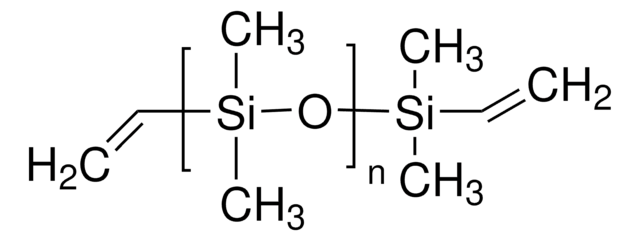

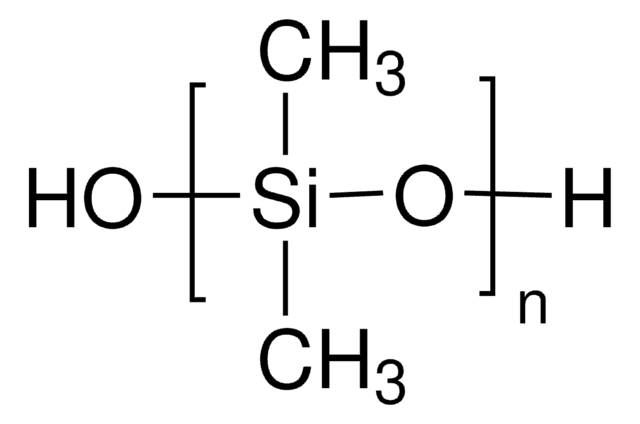
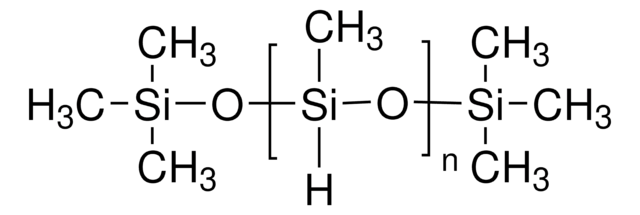

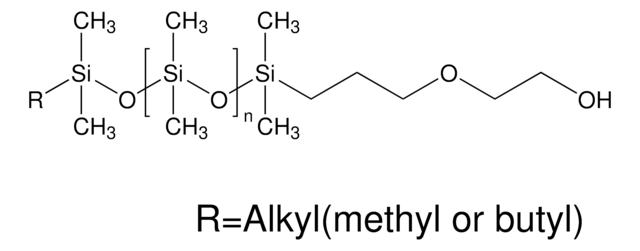
![Poly[dimethylsiloxane-co-[3-(2-(2-hydroxyethoxy)ethoxy)propyl]methylsiloxane] viscosity 75 cSt (lit.)](/deepweb/assets/sigmaaldrich/product/structures/142/744/ce645067-4d95-4655-9be5-fbd480b436c7/640/ce645067-4d95-4655-9be5-fbd480b436c7.png)
